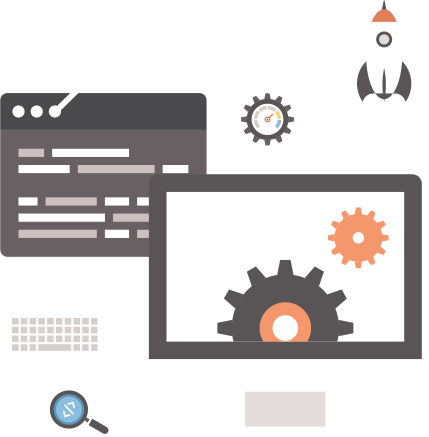
Whether you’re a small, medium, or large business, Digibit Media Australia can help with all of your website maintenance and support needs , including ecommerce sites and applications. DigiBit Media provides cost-effective, professional on-request specialised web help to micro and small businesses, from daily backups through to software updates and broken link monitoring, you can trust that your website will be secure and working when you have a DigiBit Media plan.